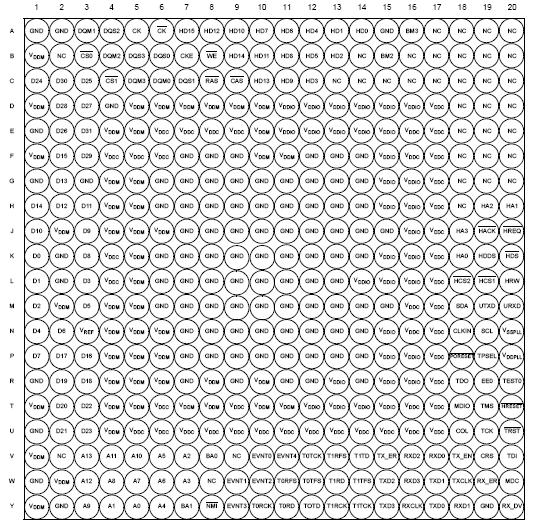MSC7119: Features: • StarCore® SC1400 DSP extended core with one SC1400 DSPcore, 256 Kbyte of internal SRAM M1 memory, 16 way 16 Kbyteinstruction cache (ICache), four-entry write buffer, programmab...
floor Price/Ceiling Price
- Part Number:
- MSC7119
- Supply Ability:
- 5000
Price Break
- Qty
- 1~5000
- Unit Price
- Negotiable
- Processing time
- 15 Days
SeekIC Buyer Protection PLUS - newly updated for 2013!
- Escrow Protection.
- Guaranteed refunds.
- Secure payments.
- Learn more >>
Month Sales
268 Transactions
Payment Methods
All payment methods are secure and covered by SeekIC Buyer Protection PLUS.

 MSC7119 Data Sheet
MSC7119 Data Sheet







